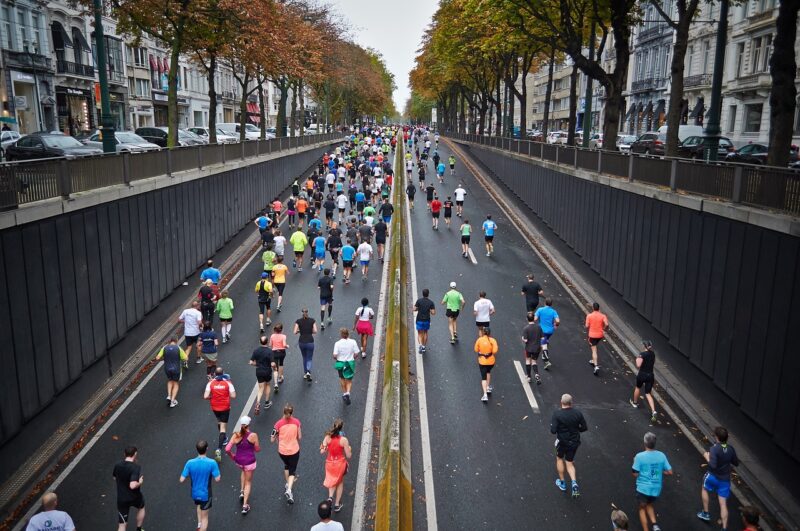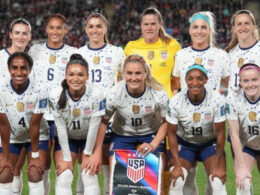Completing a marathon race is a popular bucket-list item for many people. While several running events have been canceled recently due to the COVID-19 pandemic, they are slowly making a comeback and you better believe runners will be ready to compete — with their eyes on that 26.2 mile prize.
There are a few things to consider when preparing for a marathon: creating a comprehensive training plan, finding the right shoes and gear and, of course, choosing foods that will properly fuel you to the finish line. Another key component (and often the most fun part of race planning) is picking the location and venue of the race.
Below is a look at three legendary marathons to consider running. And remember, once a marathoner, always a marathoner!
Boston Marathon
The Boston Marathon is a popular race for a variety of reasons. For one, it is the world’s oldest annual marathon dating back to 1897. The event is traditionally held on Patriots Day every year, which given its history, is a big day of celebration in Boston.
The Boston Marathon is a difficult race to qualify for as runners must meet or beat a certain age-group time in a previous race, so just being a part of the event is considered an incredible accomplishment for many runners. But don’t despair if you haven’t quite achieved that sub 4- hour run as you can gain entry by pledging to raise funds for one of a dozen charities the marathon partners with.
One of the defining, and most talked about (aka: dreaded) parts of the race, comes late in the course just after twenty miles. The legendary “Heartbreak Hill” greets runners with a 3.3 percent grade over ninety-one feet; brutal on lactic-acid full legs, but made bearable by the thousands of spectators cheering on the runners at this point.
Unfortunately, the Boston Marathon was mired in tragedy in 2013 when a terrorist detonated a bomb near the finish line. However, in the years following, runners have returned to the race with a new resolve. The marathon reached 30,000 competitors for the first time ever in 2014, and those numbers have continued to rise with the race only growing in popularity.
Chicago Marathon
The Chicago Marathon is another popular race, attracting thirty-five to forty thousand participants a year…over ten-thousand of those from other countries. It is traditionally held every year in October and is ideal for runners looking to achieve their personal records as the course is pancake flat; four word records have been set at the Chicago Marathon.
The Chicago Marathon course is a loop, starting and ending at Grant Park. Runners pass through twenty-nine neighborhoods and dozens of official Chicago landmarks. With over twelve thousand volunteers and 1.7 million spectators, runners are sure to feel the support they need to get to 26.2.

New York City Marathon
The New York City Marathon is the largest marathon in the world, with over fifty-three thousand finishers in 2019, and is a key event on the marathon circuit. Run through the five boroughs of New York City, it’s known as a relatively manageable course with expected elevations coming as runners cross five bridges – the Verrazzano-Narrows Bridge, the Pulaski Bridge, the Queensboro Bridge, the Willis Avenue Bridge, and the Madison Avenue Bridge.
The race, founded in 1970 by Fred Lebow, is typically held on the first Sunday of November and attracts professional and amateur runners from across the globe. The more than two million (rowdy!) spectators are a huge attraction for runners as the signs, costumes and high-fives are the perfect encouragement for weary legs.

Picture Credit: Eric Haynes, Google Creative Commons Licenses, Mike Lavoie, Pixabay






